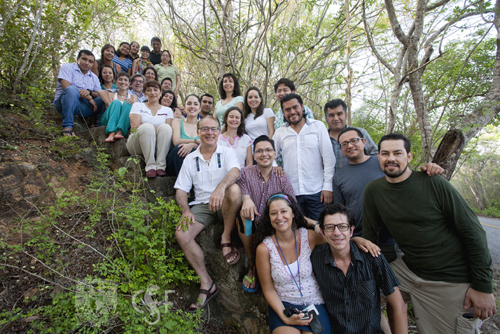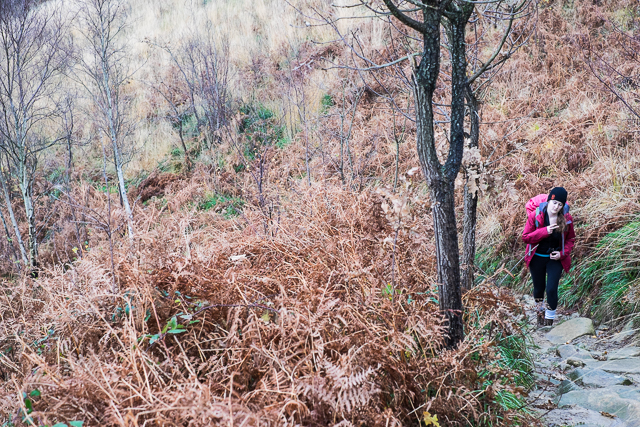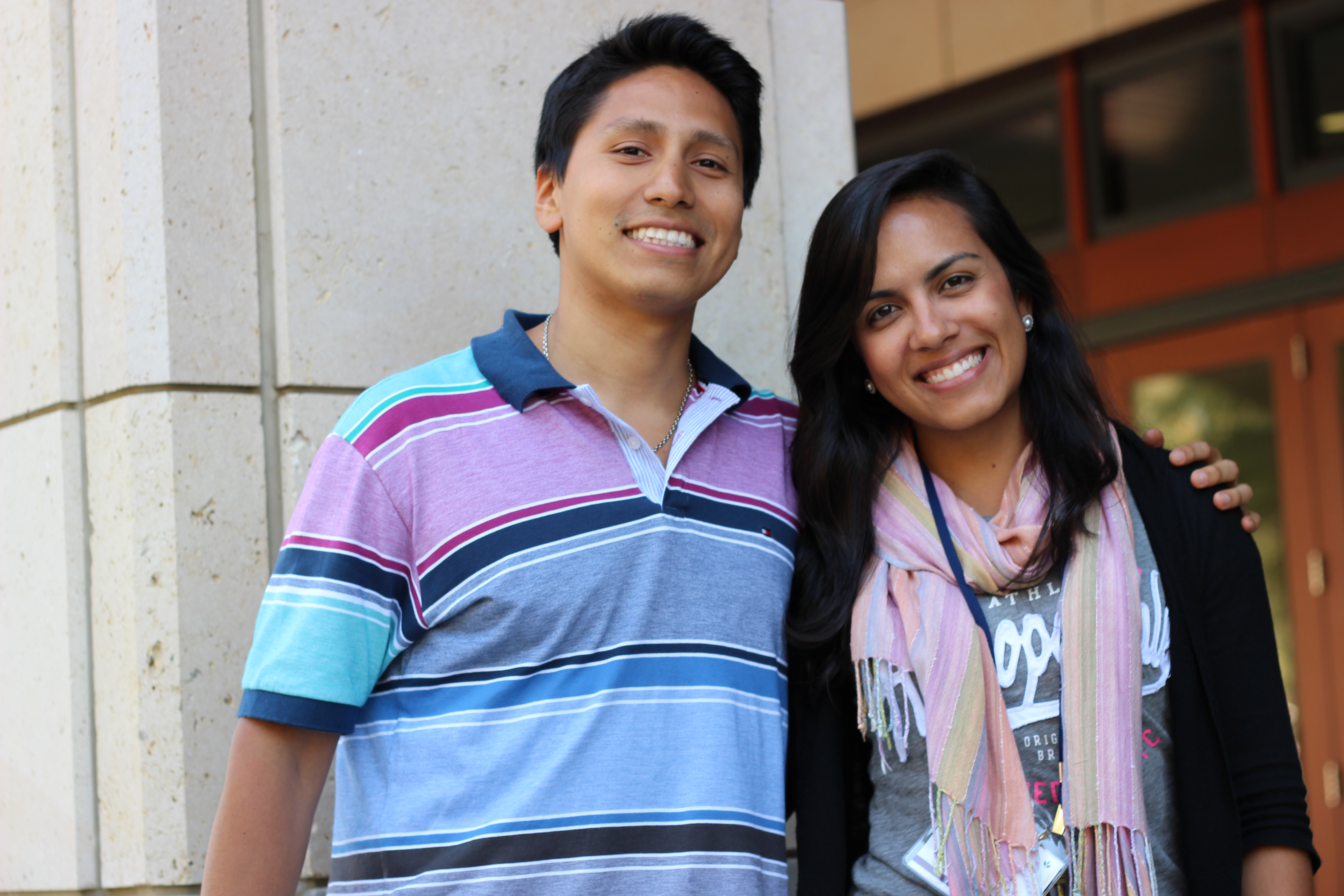News
Last month, the National Autonomous University of Mexico (UNAM) and CSF presented the second annual Economic Tools for Conservation in Mexico and the Mesoamerican Reef. Twenty participants from different regions of Mexico and the Mesoamerican Reef came together to learn what economic drivers cause environmental problems and the potential solutions to them. The two-week course was held June 15th-26th at UNAM’s Chamela Biological Station in Jalisco, Mexico.
On 21st June, CSF-Brazil participated of a workshop about “Dams in Tapajós River”, held in PUC University (Brazil). It was an opportunity to debate with students, professors and other NGOs the subject of huge infrastructures in Amazon and its implications on social and environmental issues.
The Heinrich Böll Stiftung made a report about this event and also an interview with Camila Jericó-Daminello, who is conducting the CSF’s study about the São Luiz do Tapajós dam, planned for the same river.
This was repost with permission from Heinrich Böll Foundation – Rio de Janeiro, Brazil.
Access here
Photo credit: Fernanda Preto
There’s no Wikipedia page so you can be forgiven for suspecting that I’m making it up. But Conservation Economics is actually being practiced by a bunch of serious people engaged in one of the most profound challenges of our time - averting massive losses in the diversity of Earth's life forms. So if it doesn’t exist, it’s time we brought it into being. Here goes:
Workers collecting palm oil fruit
In a world of vast natural ecosystems, endlessly diverse life forms and similarly numerous threats to nature, how can people make smart choices about what to try to conserve? It takes biological expertise, to be sure, but economics is also a necessary compass to guide our efforts.
Por: Claudia Ochoa, colaboradora
La tercera semana de enero visitamos la Amazonía peruana para avanzar con los preparativos del curso Herramientas Económicas para la Conservación en la Amazonía Andina: Manejo de Recursos Naturales y Sostenibilidad Financiera en Áreas Protegidas que se llevará a cabo en la ciudad de Iquitos entre el 9 y 20 de marzo del presente año.
Fern-choked hillside on a lovely stretch of the Camino de Santiago. © John Reid
I spent five days in December walking through Spain's Basque Country on the northern variant of the ancient pilgrimage route to Santiago de Compostela. And also walking through the Anthropocene, a geologic era recently declared by non-geologists to describe our time, an epoch in which people shape the earth more than plate tectonics or asteroid collisions.
Conservation Strategy Fund is accepting applications for our International Economic Tools for Conservation Course! Now in it's 17th year, our flagship course will be offered August 10-21, 2015 at Stanford University.
Les invitamos a la primera presentación de resultados de las investigaciones desarrolladas en el marco del programa Investigaciones Económicas Aplicadas para la Conservación en la Amazonía Andina, diseñado para fortalecer las capacidades de investigadores de la región en la aplicación de herramientas avanzadas de análisis económico para la conservación de la biodiversidad.




